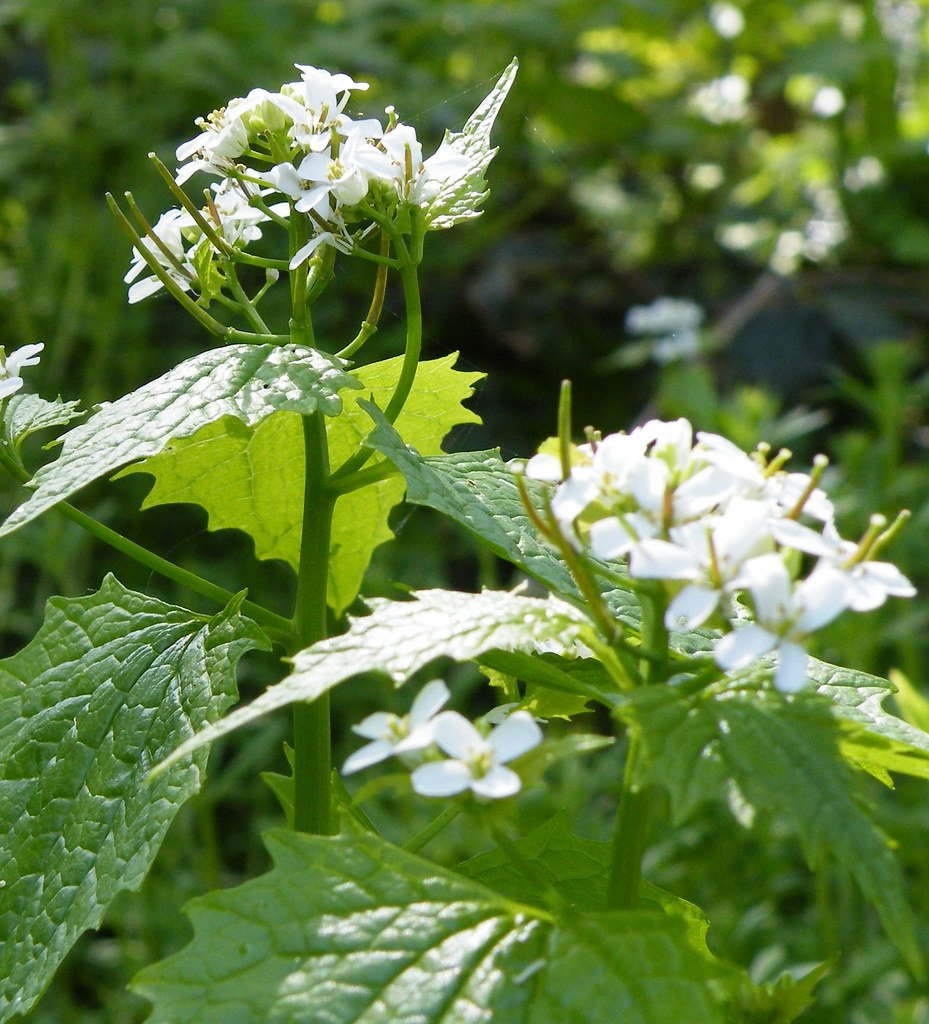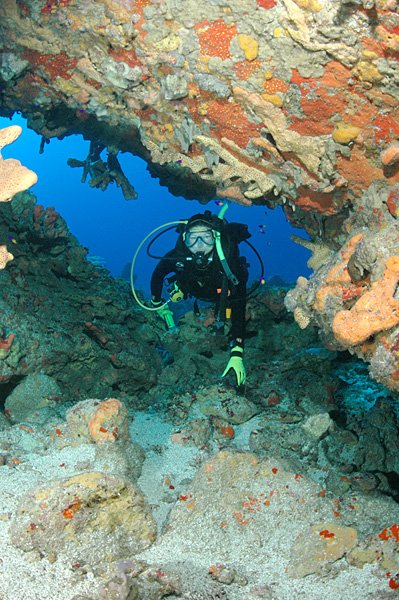Hidden beneath the forest floor lies one of nature’s most cunning biological warfare systems. While you might think of plants as peaceful, stationary organisms simply growing toward the sun, garlic mustard has mastered a sinister art that would make any military strategist jealous. This seemingly innocent European invader doesn’t just compete for space and sunlight—it actively poisons the soil around it, creating a chemical battlefield where native plants simply cannot survive.
The Chemical Assassin Lurking in Your Backyard
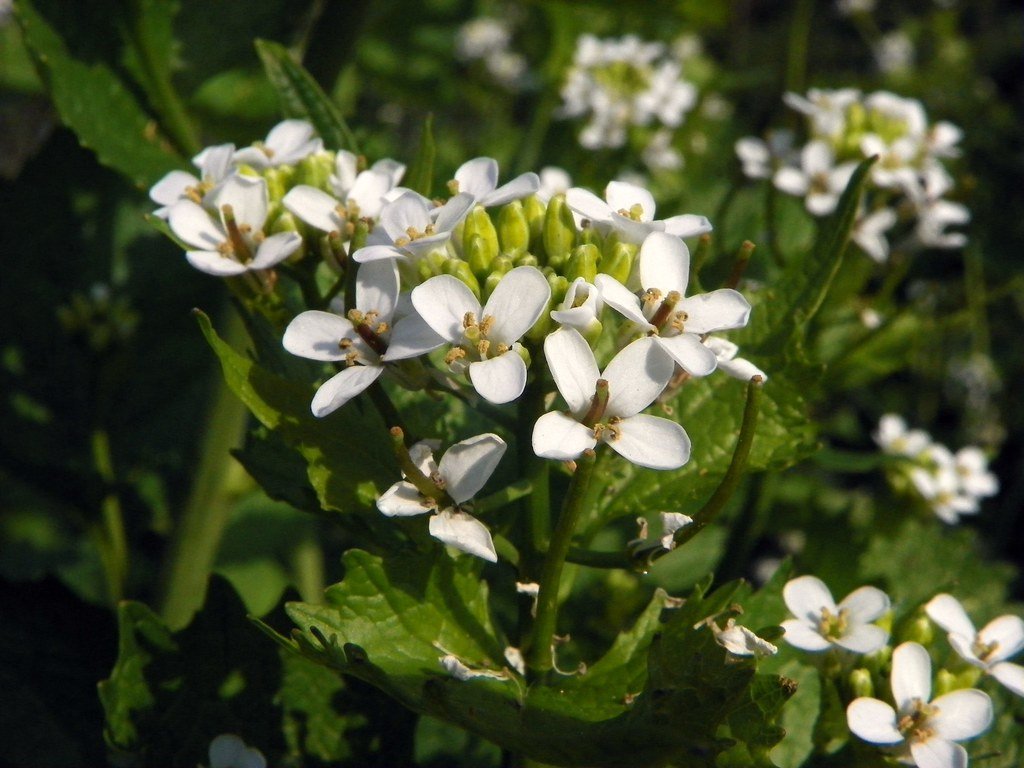
Imagine walking through a forest where every step you take releases invisible toxins that slowly kill everything around you. That’s exactly what garlic mustard does every single day. This invasive plant produces powerful chemicals called allelochemicals, which function like biological weapons designed to eliminate competition. The most notorious of these compounds is sinigrin, a mustard oil glycoside that breaks down into toxic substances when released into the soil. Unlike fictional villains, garlic mustard doesn’t need dramatic gestures—it simply exists, and its mere presence begins the systematic destruction of entire ecosystems.
Sinigrin: The Silent Killer Compound
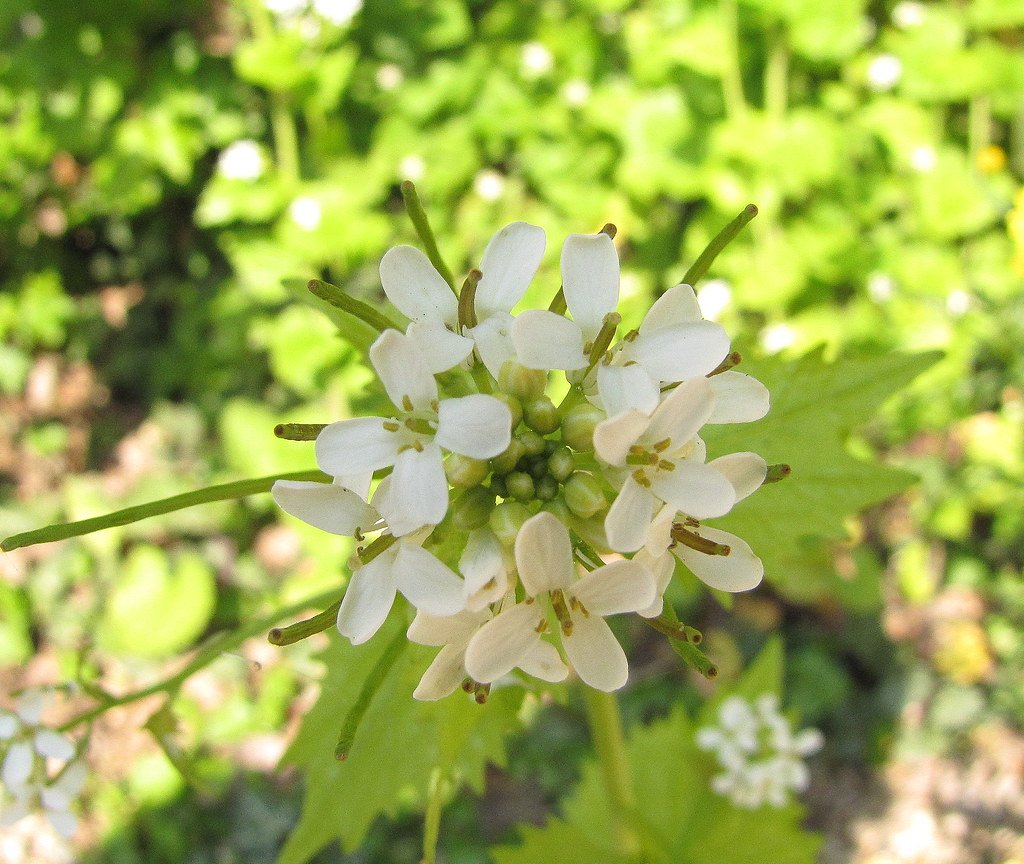
Deep within garlic mustard’s tissues lies sinigrin, a compound so effective at plant warfare that scientists study it to understand natural pest control mechanisms. When garlic mustard roots decompose or when the plant is damaged, sinigrin breaks down into allyl isothiocyanate and other toxic byproducts that persist in the soil for months. This chemical cocktail specifically targets the root systems of native plants, disrupting their ability to absorb nutrients and water. Think of it like poisoning the water supply of an entire city—except the victims are helpless plants that have called North American forests home for thousands of years.
Root Warfare: How Garlic Mustard Attacks Underground
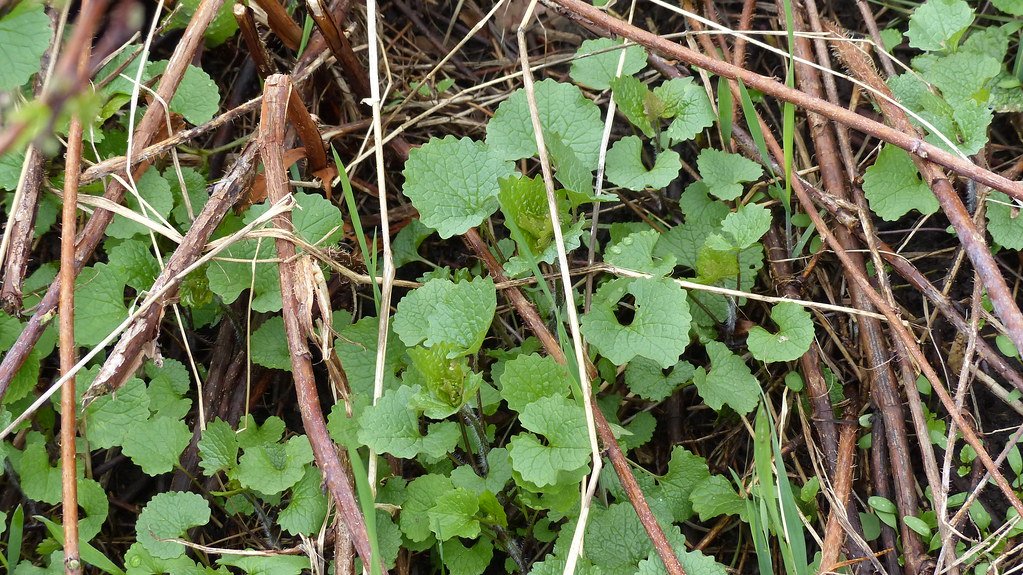
The real battle happens where we can’t see it—in the complex underground network of roots and soil microorganisms. Garlic mustard’s root system acts like a slow-release poison dispenser, continuously leaking toxic compounds into the surrounding soil. These chemicals don’t just harm plants directly; they destroy beneficial mycorrhizal fungi that native plants depend on for survival. It’s like cutting off the internet connection in a modern office—without these fungal partnerships, native plants lose their ability to communicate, share resources, and access essential nutrients from the soil.
Mycorrhizal Massacre: Destroying Nature’s Internet

Mycorrhizal fungi create the forest’s version of the internet, connecting plant roots in vast underground networks that share nutrients, water, and even warning signals about pests. Garlic mustard’s chemical weapons specifically target these beneficial fungi, severing these crucial connections. When a tree or native wildflower loses its mycorrhizal partners, it becomes like a computer suddenly disconnected from all networks—isolated, struggling to find resources, and vulnerable to every threat. This fungal genocide doesn’t just affect individual plants; it collapses entire forest communication systems that took decades to establish.
The Timing Advantage: Early Spring Domination
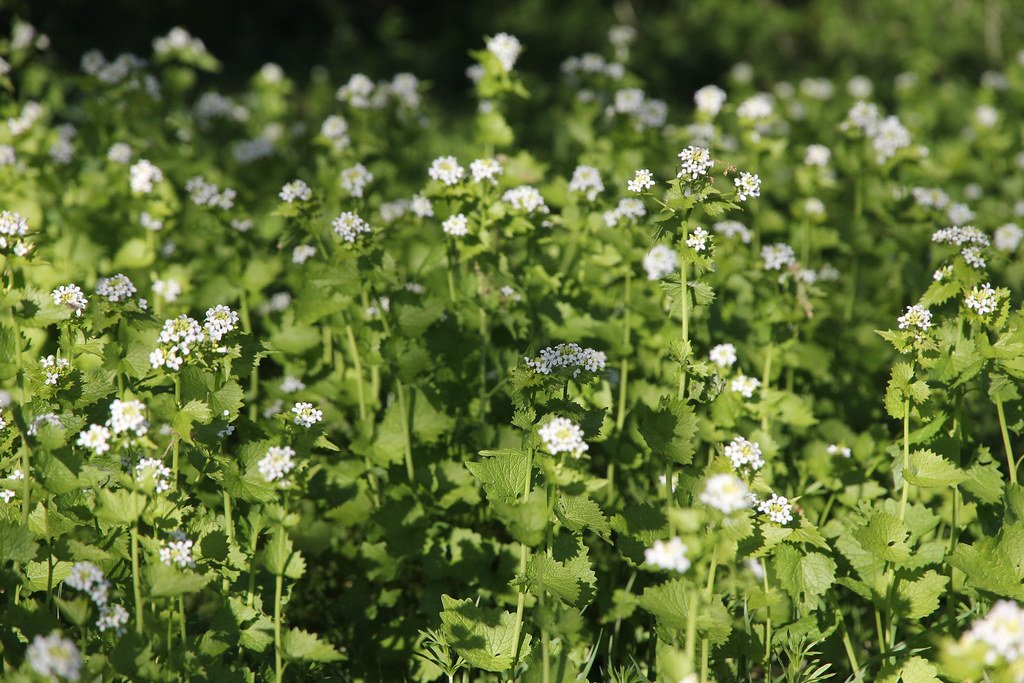
Garlic mustard plays dirty by getting a head start on the competition, emerging from winter dormancy weeks before most native plants even think about sprouting. This early bird strategy gives it precious time to establish its chemical dominance before native competitors can mount any defense. By the time native wildflowers like trilliums and bloodroot begin their spring emergence, garlic mustard has already claimed the best spots and begun its chemical assault. It’s like showing up to a race with a motorcycle while everyone else is still putting on their running shoes.
Biennial Strategy: The Long Game of Plant Conquest
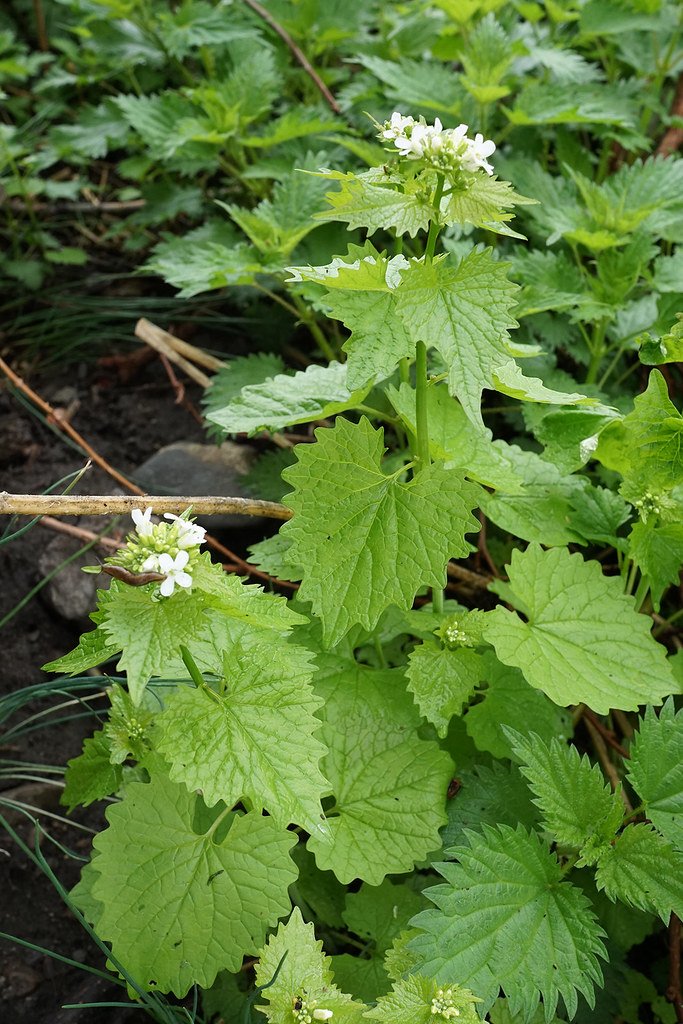
Unlike annual plants that live fast and die young, garlic mustard plays the long game with its biennial lifecycle that spans two full years. During its first year, it quietly builds energy reserves in its taproot while producing a steady stream of toxic compounds, like a sleeper agent establishing its cover. The second year brings explosive growth and seed production, but by then, the damage is already done—surrounding native plants have been weakened or eliminated by two years of chemical warfare. This patient strategy ensures that garlic mustard doesn’t just win battles; it wins entire wars against forest ecosystems.
Seed Dispersal: The Explosive Finale
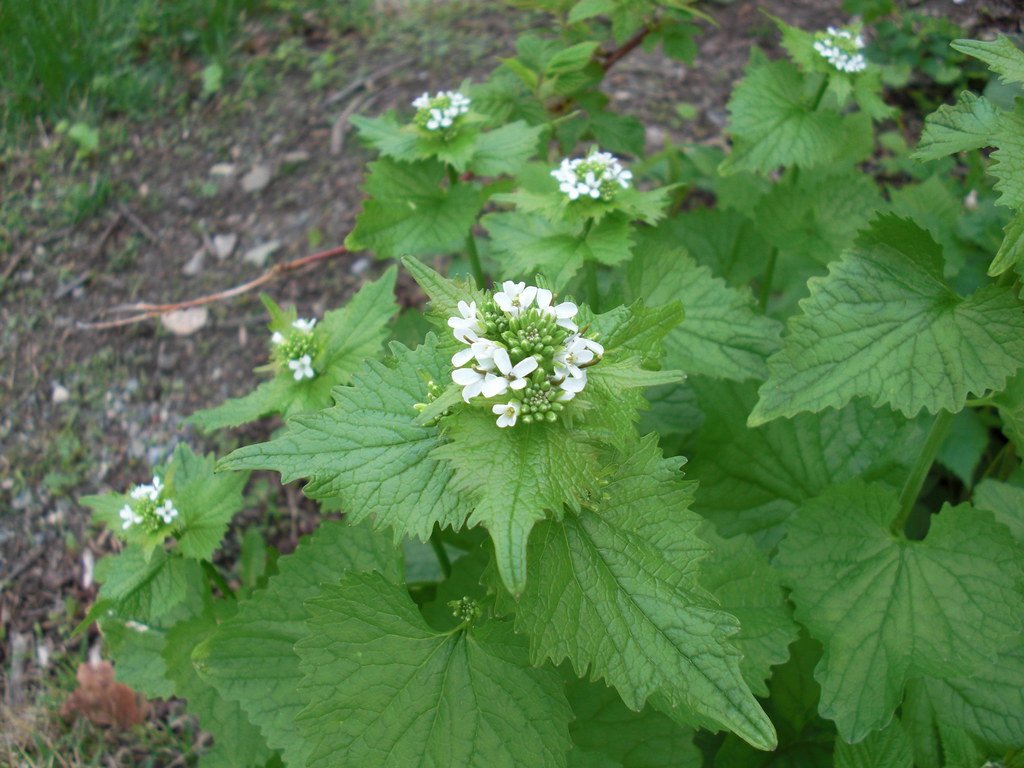
When garlic mustard finally decides to reproduce, it does so with the enthusiasm of a fireworks factory explosion. A single mature plant can produce up to 8,000 seeds, each one capable of lying dormant in the soil for up to five years, waiting for the perfect moment to strike. These seeds don’t just fall randomly—they’re designed to stick to clothing, fur, and equipment, turning every hiker, deer, and maintenance worker into an unwitting accomplice in the plant’s conquest. It’s biological warfare combined with guerrilla tactics, ensuring that garlic mustard’s invasion continues long after the parent plant has died.
Native Plant Casualties: The Body Count Rises
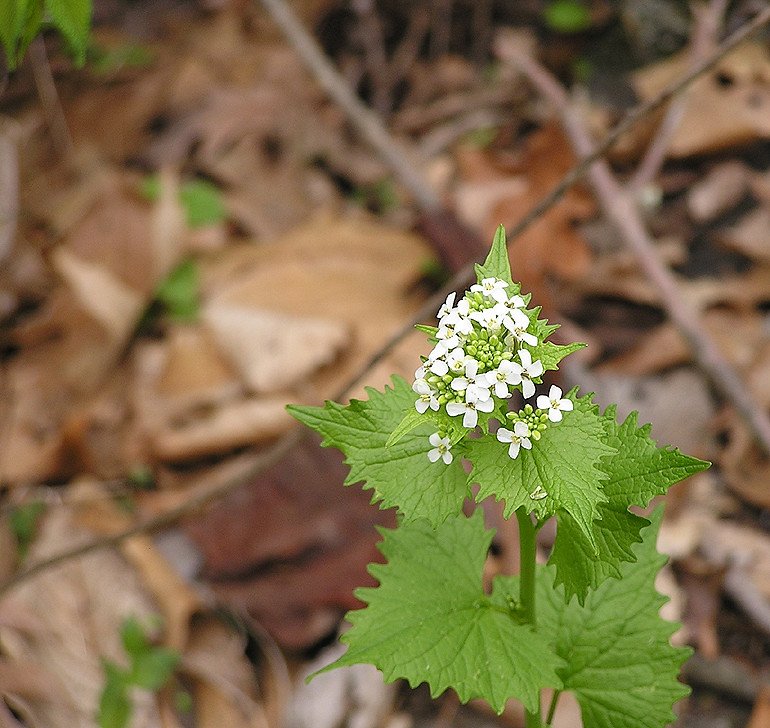
The casualties of garlic mustard’s chemical warfare read like a memorial for North American forest biodiversity. Wild ginger, with its heart-shaped leaves and hidden flowers, simply cannot compete when its mycorrhizal partners are destroyed. Spring beauties, those delicate harbingers of warm weather, wither away when their root systems are poisoned by toxic soil compounds. Even mighty trees like sugar maples and oaks suffer as their seedlings fail to establish in garlic mustard-dominated areas. Each fallen native species represents thousands of years of evolutionary adaptation lost to a single invasive species’ chemical arsenal.
The Butterfly Effect: Cascading Ecosystem Collapse
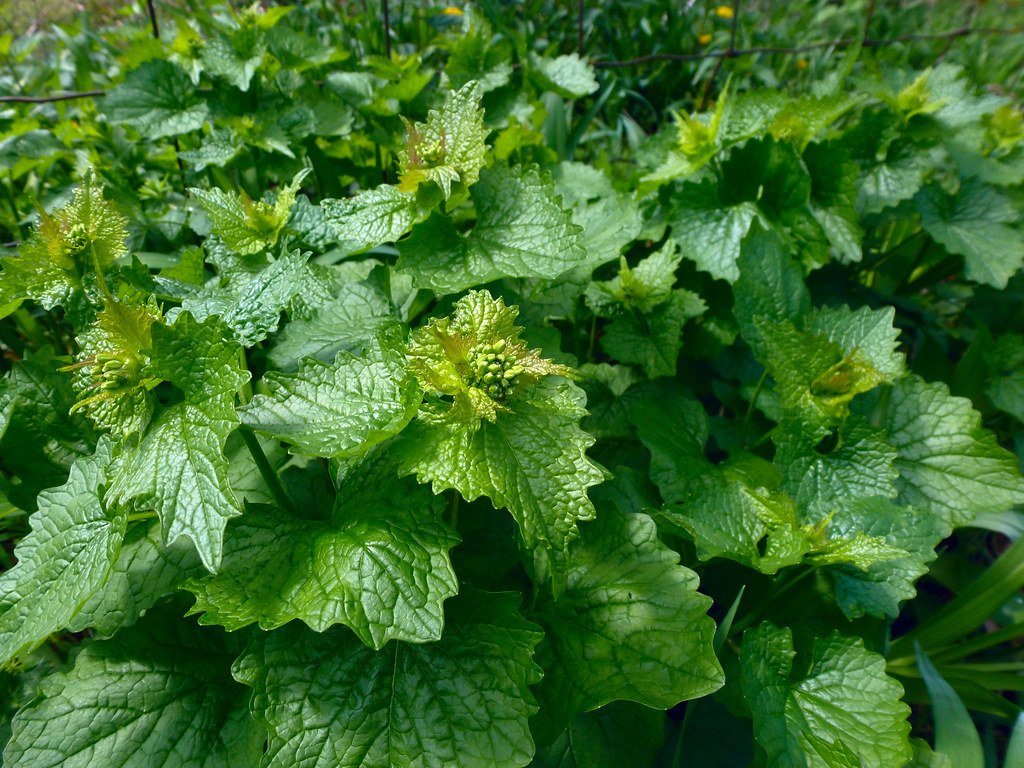
When garlic mustard eliminates native plants, it sets off a domino effect that ripples through entire food webs like a ecological earthquake. Native insects that co-evolved with specific host plants suddenly find themselves without food or breeding grounds, leading to population crashes that affect birds, spiders, and other predators up the food chain. The West Virginia white butterfly, for example, becomes confused by garlic mustard’s chemical signals and lays eggs on this toxic imposter, dooming its caterpillars to death. These cascading effects transform diverse, vibrant ecosystems into green deserts dominated by a single species.
Chemical Persistence: The Gift That Keeps on Killing
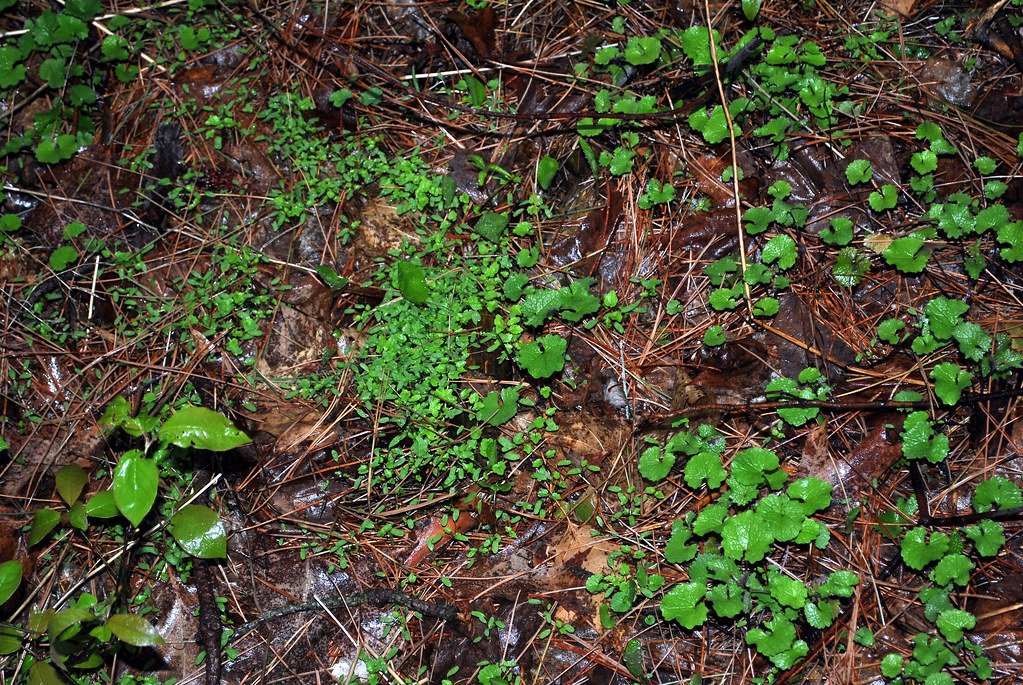
Even after garlic mustard plants die, their toxic legacy continues to haunt the soil like radioactive contamination after a nuclear accident. The chemical compounds can persist in the ground for months or even years, creating dead zones where native plants struggle to reestablish themselves. This persistence means that simply pulling up garlic mustard isn’t enough—the soil itself has been transformed into a hostile environment for native species. It’s nature’s equivalent of salting the earth, ensuring that the battlefield remains unusable long after the war has moved on.
Detection Methods: Uncovering the Invisible Threat

Scientists have developed sophisticated methods to detect garlic mustard’s chemical warfare, using everything from soil chemistry analysis to bioassays that test soil toxicity on native plant seeds. These detection techniques reveal the invisible extent of garlic mustard’s influence, showing that its chemical effects extend far beyond the visible boundaries of the plant colony. Researchers can now map the chemical footprint of invasions, revealing dead zones and areas of reduced biodiversity that correspond directly to garlic mustard’s presence. It’s like using Geiger counters to map radiation, except the contamination is biological rather than nuclear.
Resistance Patterns: Why Some Plants Survive
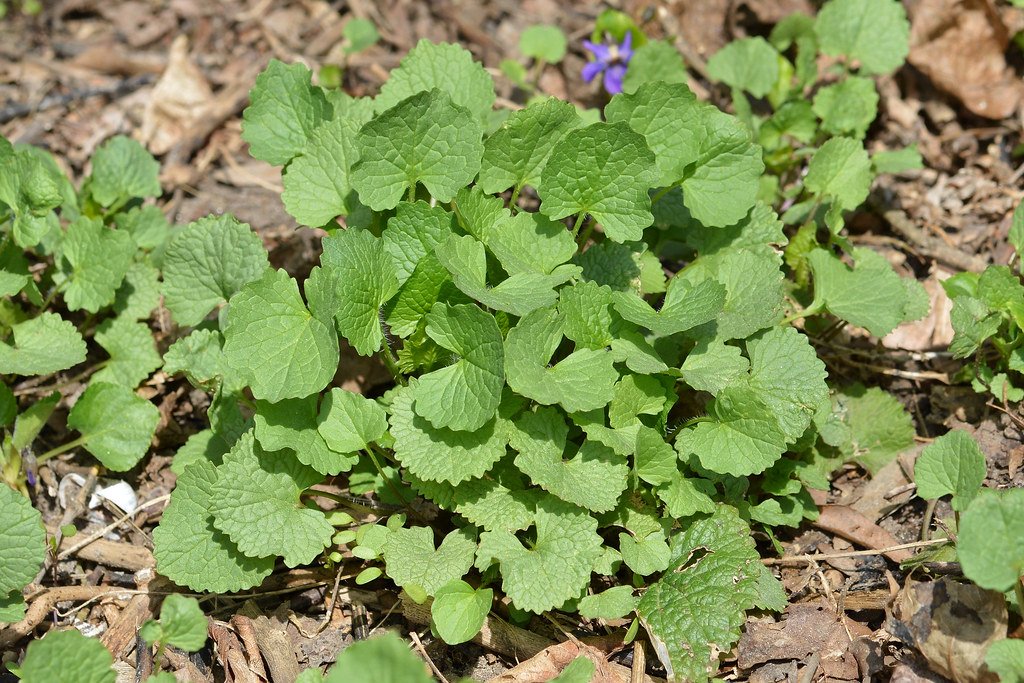
Not all native plants are equally vulnerable to garlic mustard’s chemical assault, and studying the survivors provides crucial insights into natural resistance mechanisms. Some plants, particularly those in the mustard family, have evolved their own chemical defenses that provide partial protection against the invasion. Others, like certain grasses and sedges, seem to tolerate the toxic soil conditions better than broad-leaved wildflowers. Understanding these resistance patterns helps scientists identify which native species might serve as allies in restoration efforts and which areas might be most vulnerable to invasion.
Seasonal Variation: The Ebb and Flow of Chemical Warfare
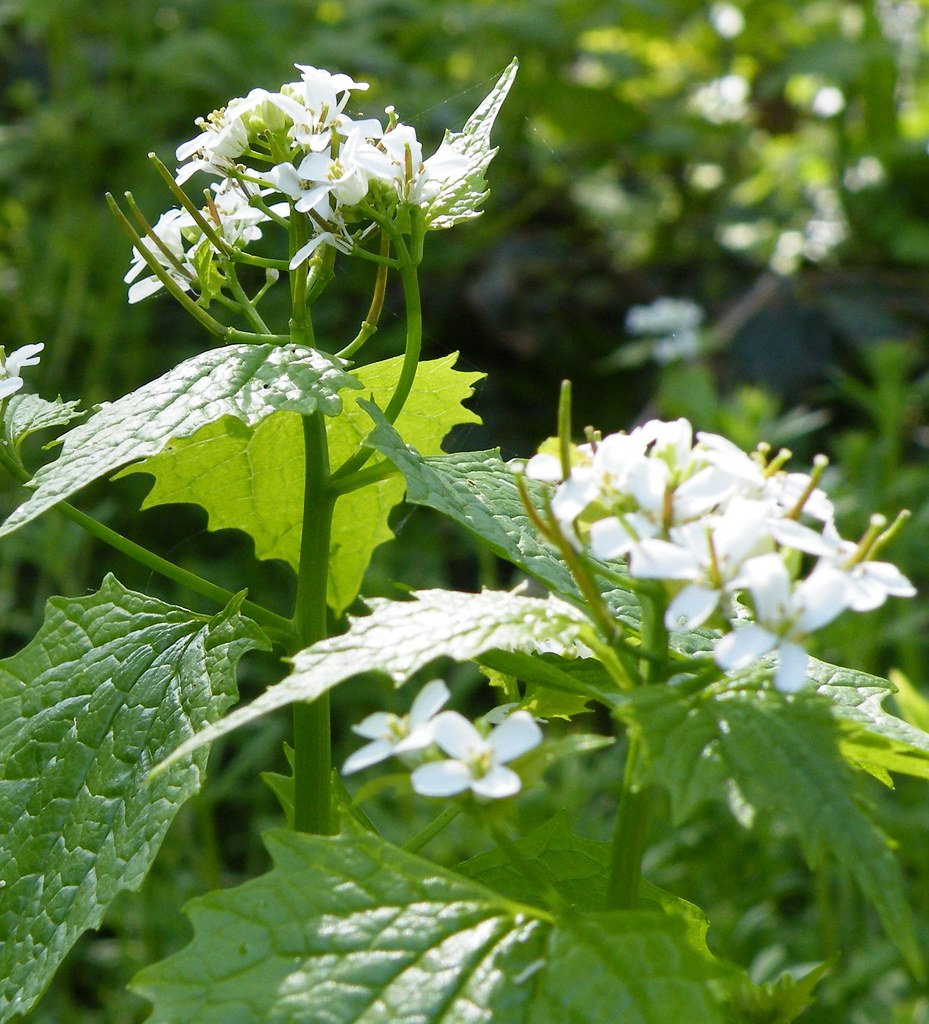
Garlic mustard’s chemical production isn’t constant throughout the year—it fluctuates like tides, with peak toxicity occurring during specific growth phases and environmental conditions. Spring typically brings the highest levels of chemical production as plants emerge from winter dormancy and begin rapid growth. Hot, dry summers can actually reduce chemical output as plants conserve energy for survival, while fall decomposition creates another spike in soil toxicity. These seasonal patterns suggest that timing might be crucial for both natural ecosystem recovery and human intervention efforts.
Climate Change: Supercharging the Invasion
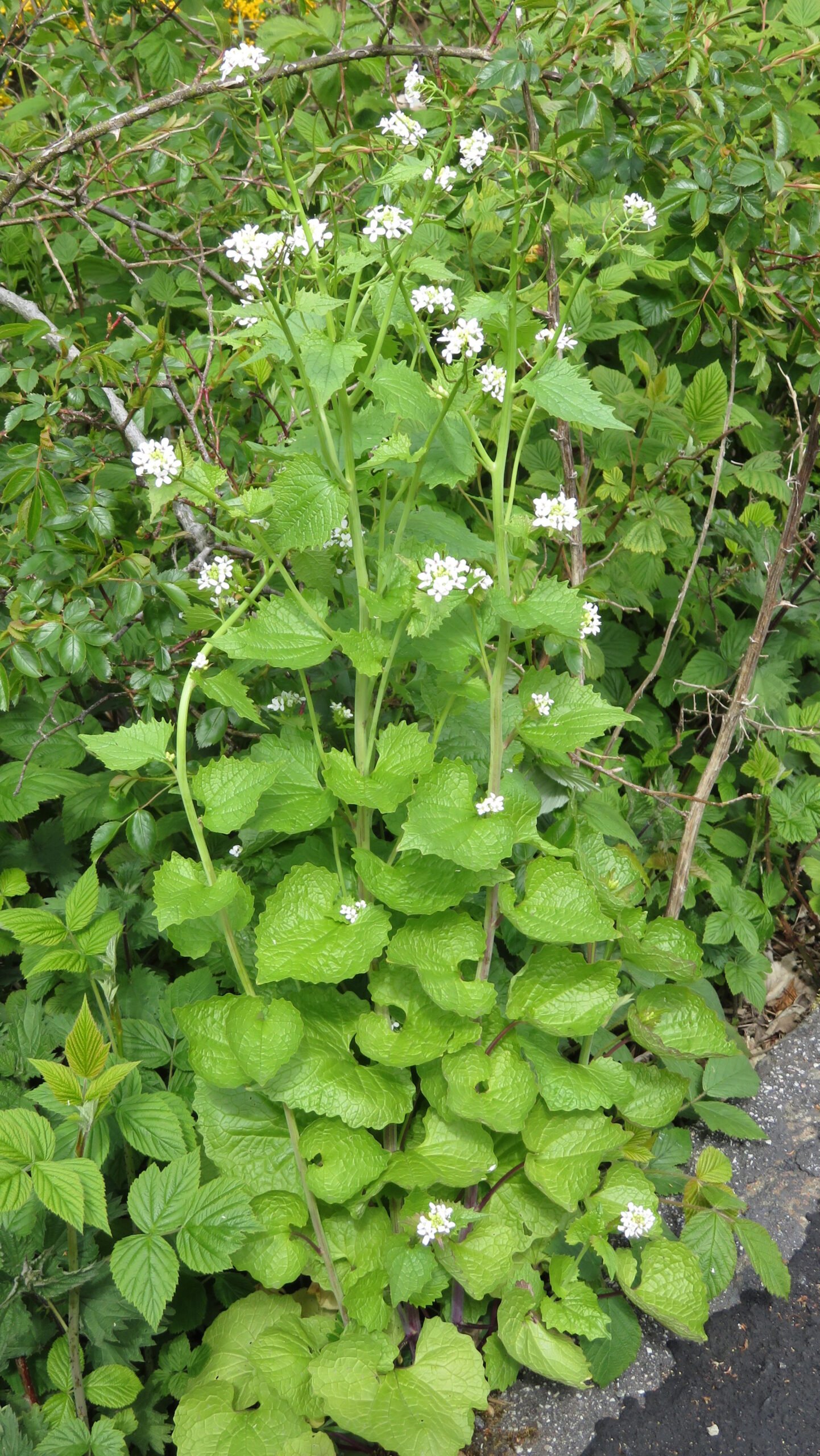
Rising temperatures and changing precipitation patterns are turning garlic mustard into an even more formidable opponent, like giving steroids to an already dominant athlete. Warmer winters allow more plants to survive the cold season, while longer growing seasons provide more time for chemical production and seed development. Climate change also stresses native plants, making them more vulnerable to garlic mustard’s toxic assault. Some studies suggest that elevated carbon dioxide levels might even increase the production of allelopathic compounds, turning climate change into an accelerant for this biological invasion.
Soil Microbiome Disruption: Killing the Invisible Ecosystem

Beneath every square inch of forest floor lies a complex metropolis of bacteria, fungi, and other microorganisms that form the foundation of all terrestrial life. Garlic mustard’s chemical weapons don’t discriminate—they attack this invisible ecosystem with the same ruthless efficiency used against visible plants. The disruption of soil microbial communities creates ripple effects that can persist for years after the invasive plants are removed. It’s like carpet-bombing a city and then wondering why it takes so long to rebuild—the infrastructure itself has been destroyed.
Natural Enemies: Europe’s Forgotten Warriors
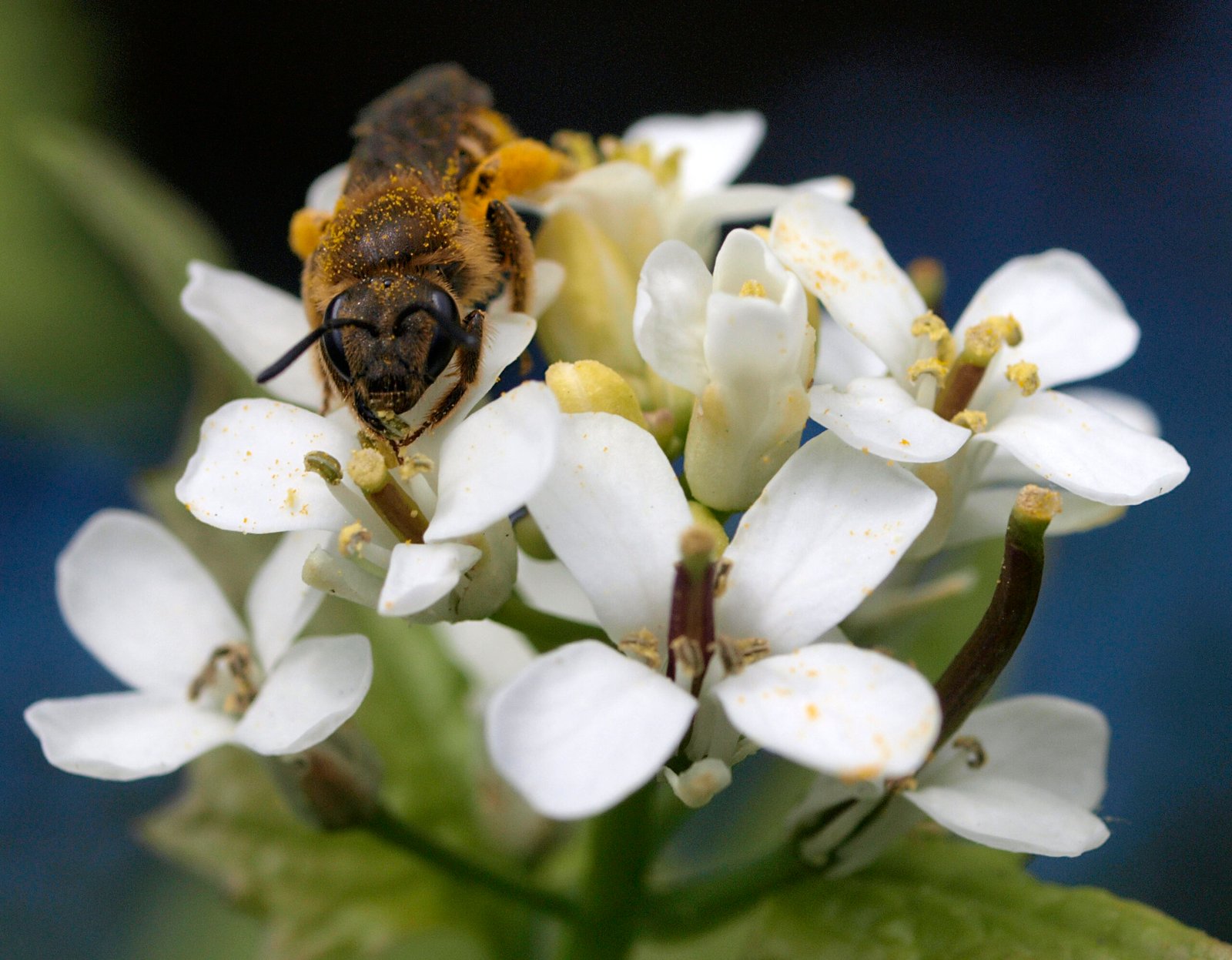
Back in its European homeland, garlic mustard faces a gauntlet of natural enemies that keep its populations in check through millions of years of evolutionary arms races. Specialized weevils attack its seeds, while various moths and beetles target its leaves and stems. These natural predators have evolved resistance to garlic mustard’s chemical defenses, much like how certain bacteria develop antibiotic resistance. Without these co-evolved enemies in North America, garlic mustard enjoys the ecological equivalent of diplomatic immunity, free to wage chemical warfare without facing any meaningful retaliation.
Human Intervention: Fighting Fire with Science

Scientists and land managers are developing increasingly sophisticated strategies to combat garlic mustard’s chemical warfare, using everything from targeted herbicides to biological control agents imported from Europe. Some promising approaches focus on restoring soil microbial communities using beneficial fungi and bacteria that can help native plants resist the toxic assault. Other strategies involve precise timing of removal efforts to minimize soil disturbance and reduce the spread of seeds. It’s a complex chess game where understanding the enemy’s chemical weapons is crucial for developing effective countermeasures.
Early Detection: The Key to Prevention
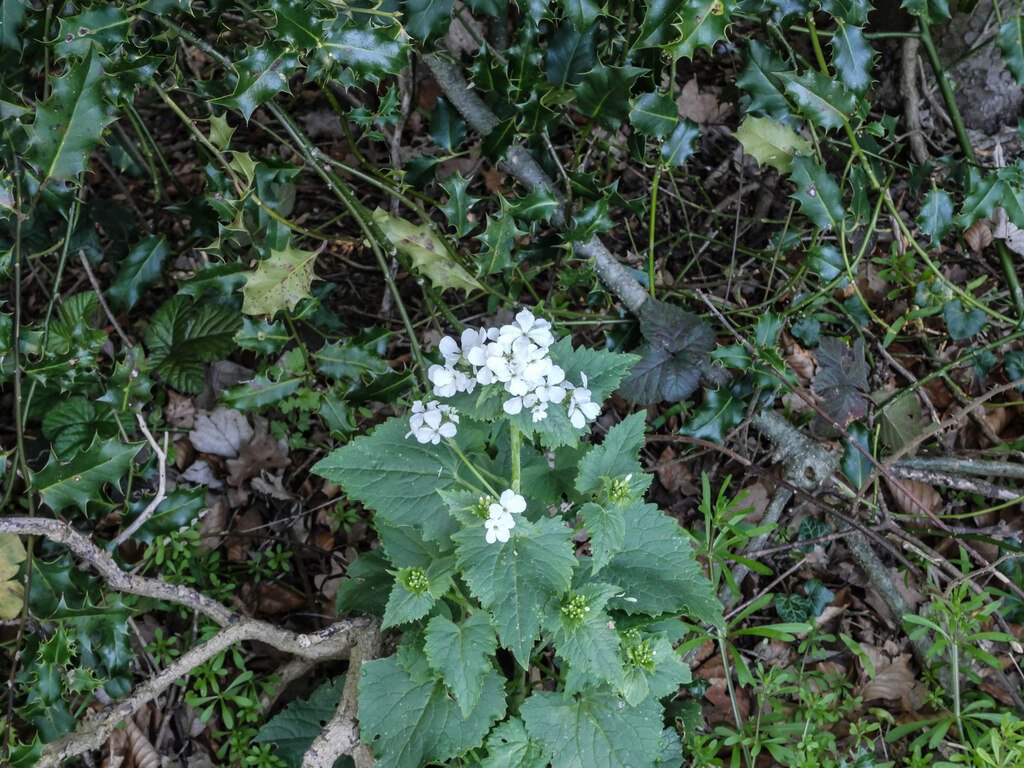
The most effective strategy against garlic mustard’s chemical warfare is preventing it from getting started in the first place, much like stopping a virus before it spreads through a population. Early detection programs train volunteers to identify small populations before they can establish their toxic foothold in new areas. Once detected, rapid response teams can remove isolated plants before they have time to poison the soil and produce thousands of seeds. These programs recognize that fighting an established garlic mustard invasion is exponentially more difficult than preventing one from taking hold.
Future Implications: The Spreading Chemical War
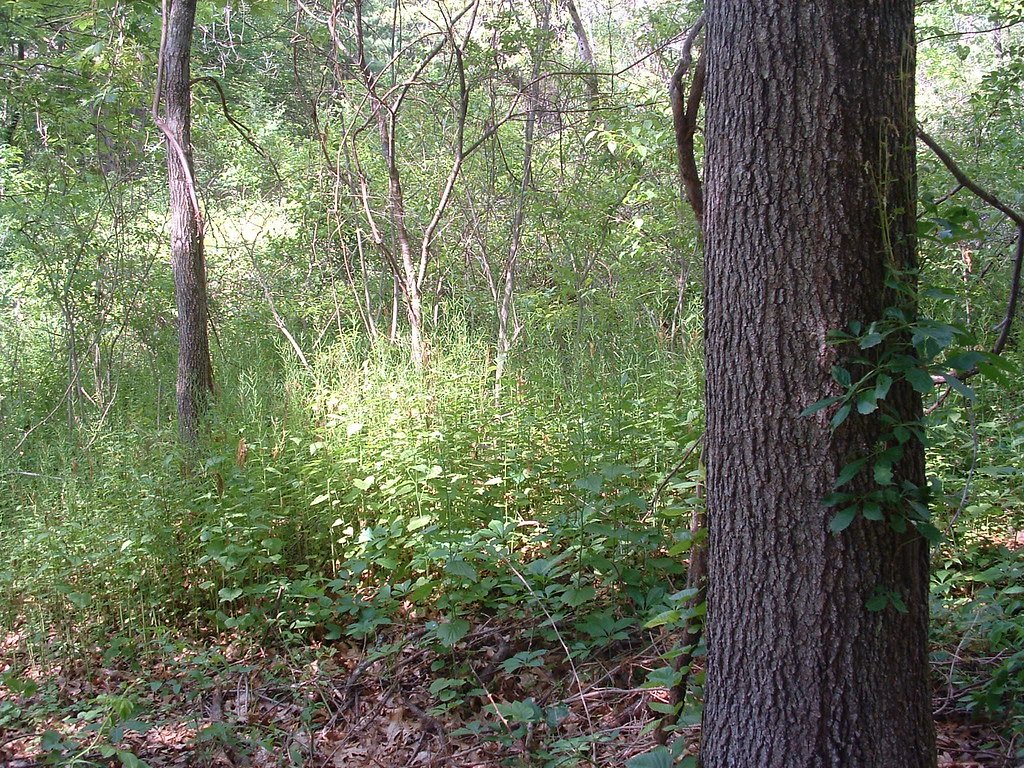
As garlic mustard continues its relentless expansion across North America, scientists are racing to understand the long-term implications of its chemical warfare for entire forest ecosystems. Climate models suggest that suitable habitat for this invasive species will continue expanding northward, potentially threatening boreal forests that have never faced such chemical attacks. The development of resistance in native plants might take centuries or millennia—time that many threatened species simply don’t have. This ongoing invasion represents one of the largest uncontrolled experiments in chemical ecology ever conducted, with outcomes that could reshape North American forests for generations to come.
The invisible war raging beneath our feet reveals nature’s capacity for both destruction and adaptation in ways that challenge our understanding of plant competition. Garlic mustard’s sophisticated chemical warfare system demonstrates that the plant kingdom harbors strategies as complex and ruthless as any human military campaign, wielding molecular weapons that can reshape entire landscapes. What other chemical battles are occurring in ecosystems around the world that we haven’t yet discovered?

